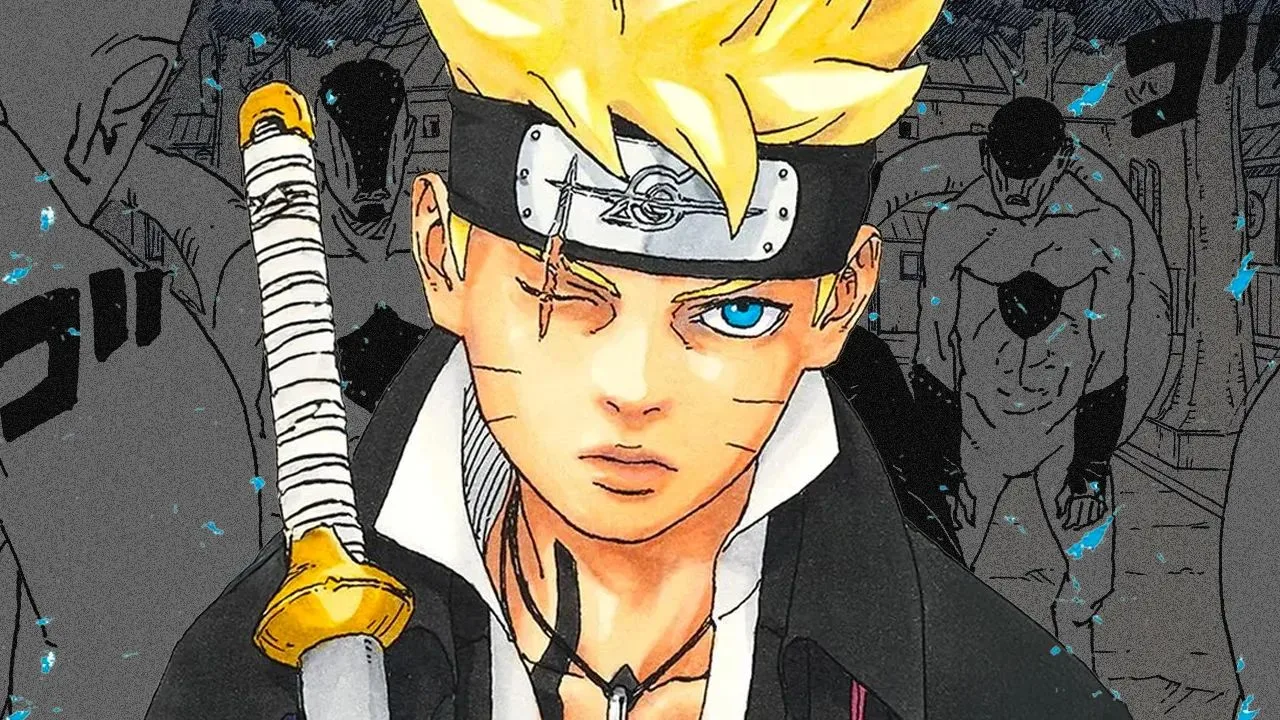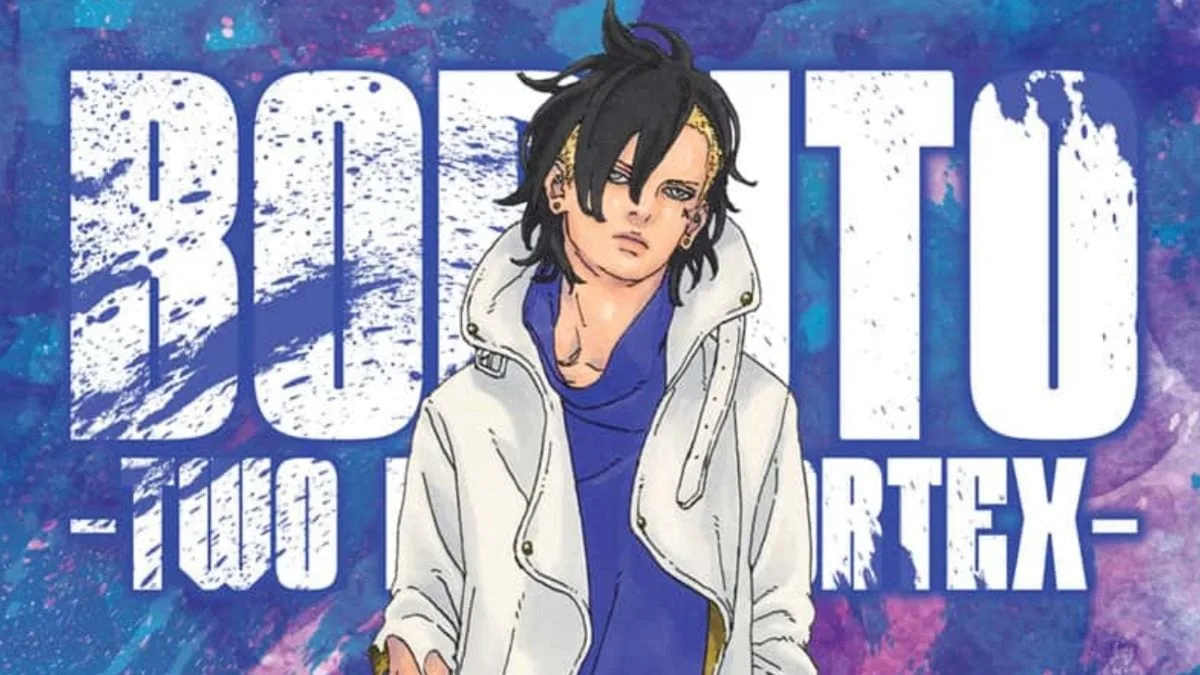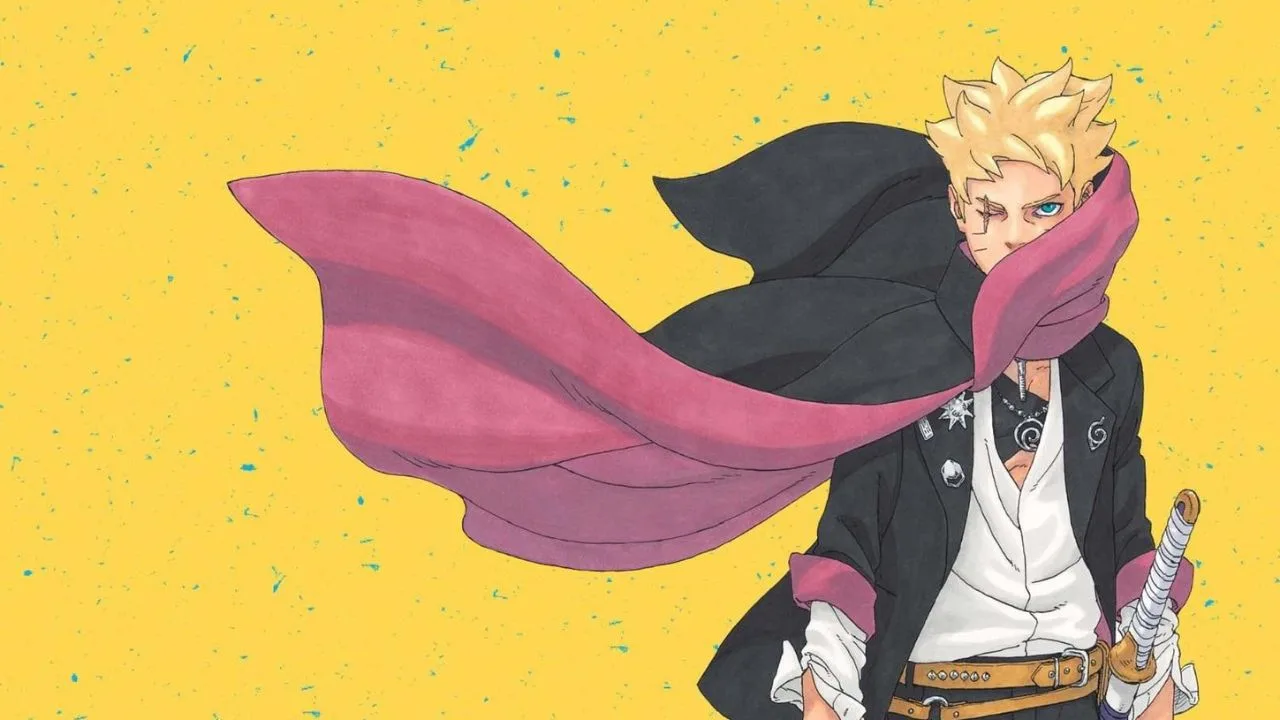With Boruto: Two Blue Vortex, the manga finally seems to take its own tone, distancing itself from Naruto's shadow. The temporal jump was not just an aesthetic or commercial solution, but a narrative decision that changed the pace of the story, the conduct of the characters and the type of conflict presented.
Instead of relying on incessant combat or family inheritances, the new phase invests in tension, silences and consequences, elements that suggest a more mature proposal. But is this change deep or just a new layer on the same youth structure? In analyzing the current narrative rhythm of the manga, some answers begin to emerge.

A new cadence for the story of Boruto Two Blue Vortex
The most noticeable change in Boruto Two Blue Vortex is at the rhythm. In the previous phase, the manga often alternated between episodic plots, comic moments and shallow conflicts, with one foot in the Slice of Life and another in the classic formulas of Shounen. Already in the current phase, the manga works with a slower cadence and loaded with tension. The manga reveals the information gradually and builds the climate before delivering any immediate resolution.
This new rhythm seems to be aimed at reinforcing the severity of the present moment: Boruto is now a fugitive; Kawaki, an alleged hero; and all live under a memory inversion that distorts their anterior relationships. The focus is not just about "what happens," but how and why things are happening that way.
A protagonist (finally) defined
During much of Boruto: Naruto Next Generations, the protagonist fought not only against enemies, but against his own narrative identity. He oscillated between being a reflection of his father, a generic boy and a reluctant hero. In Two Blue Vortex, Boruto begins to assume a more consistent role: he is someone who carries the weight of distortion of truth, persecution, and fear of failure. Its actions are now not born of impulses or stubbornness, but from calculations, distrust and trauma.
The difference is in the look. Boruto no longer has the same shine on his face, and this is visible in both art and dialogues. It is more economical in words, more direct in decisions and less susceptible to ingenuity. This transformation makes the character more believable, more human and more interesting to follow.

Kawaki and gray morality in Boruto Two Blue Vortex
If before Kawaki worked as the typical antihero, now he occupies a much more ambiguous position. The inversion of papers between him and Boruto, with the help of manipulation of memories by the Eida, puts Kawaki in a morally unstable place: he is admired by those who do not remember what he did, but continues to act with coldness and paranoia.
This layer of complexity is reinforced by the way the manga portrays its choices. Kawaki is not portrayed as a caricatured villain, nor like someone redeemed. He acts for conviction, but his worldview is distorted by the fear of losing Naruto and an extremist idea of protection. The presence of this moral ambiguity reinforces the mature aspect of the new narrative structure.

Sarada, Mitsuki and the weight of absence
The new phase also requires the reader's patience regarding certain characters. Sarada begins to gain space as a breaking figure: she remembers the truth, challenges the authorities and tries to act as a link between the past and the present. However, its protagonism is still punctual. Mitsuki, on the other hand, was practically silenced - a frustrating movement, but consistent with the proposal of the plot of working tension and mystery.
This absence is not free: it serves the suspense structure that the manga has chosen to build. By keeping certain characters out of the scene or under emotional control, Two Blue Vortex expands the sense of instability and makes the universe more unpredictable, more restless. This may rule out those who expected constant action, but conquers those seeking density.

Villains, threats and the subtext
New enemies are not just physical obstacles. They act as metaphors of a ruined world, displaced youth, and a broken power system. In addition, the manga is not limited to displaying fights; He suggests that there is more at stake than victory or defeat: there are conflicting ideas about destination, identity and legacy.
This subtext was virtually nonexistent in the early stages of Boruto, where everything seemed to revolve around "protect the village" or "show that I am strong." Now the chapters bring symbolic layers, with themes such as distortion of truth, emotional isolation and psychological survival.
Long term bet?
Boruto: Two Blue Vortex is still in its first chapters, and it is early to say that this more mature structure will be sustained to the end. Monthly serialization imposes a challenge: maintaining interest without major weekly events. But if the creative team maintains investment in the construction of tension, moral ambivalences and emotional focus, there is a real chance of turning Boruto into a more relevant manga, not just a successor to Naruto, but a work with a voice of his own.
If the plan goes well, the manga can finally gain respect even from those who have abandoned reading years ago. And if you fail, at least you will have tried something that the previous phase never dared: to take your world and your conflicts seriously.
